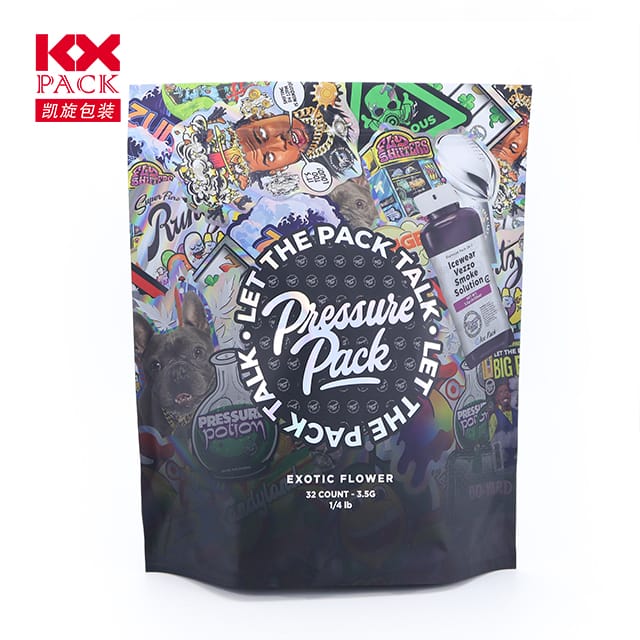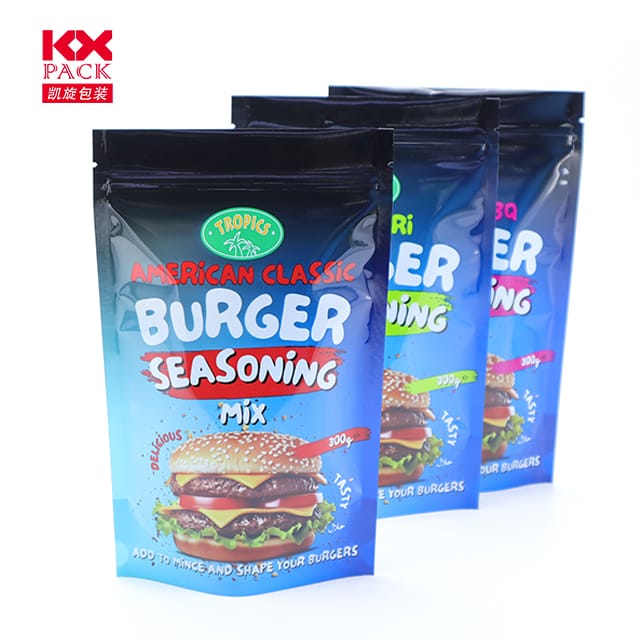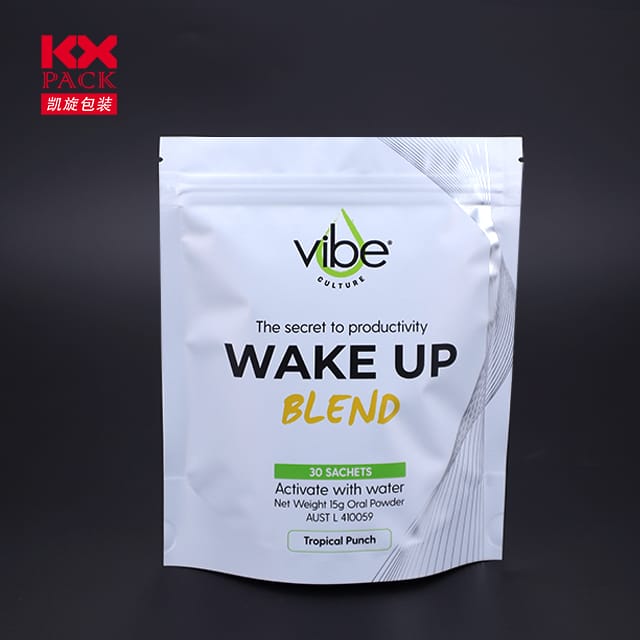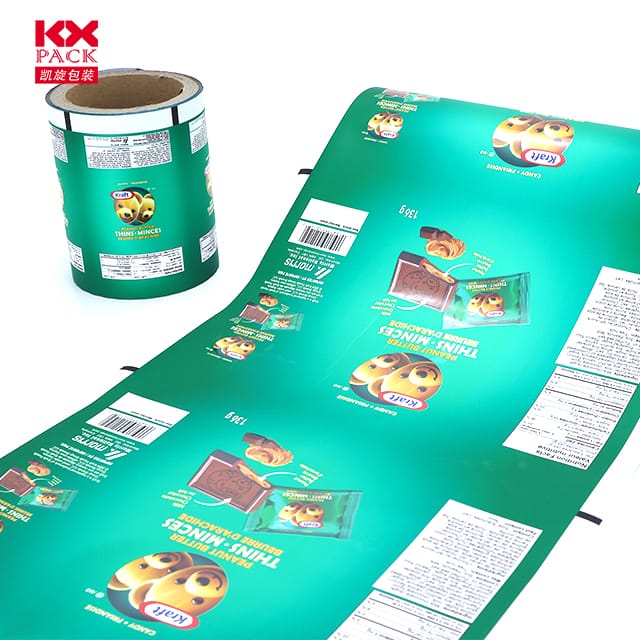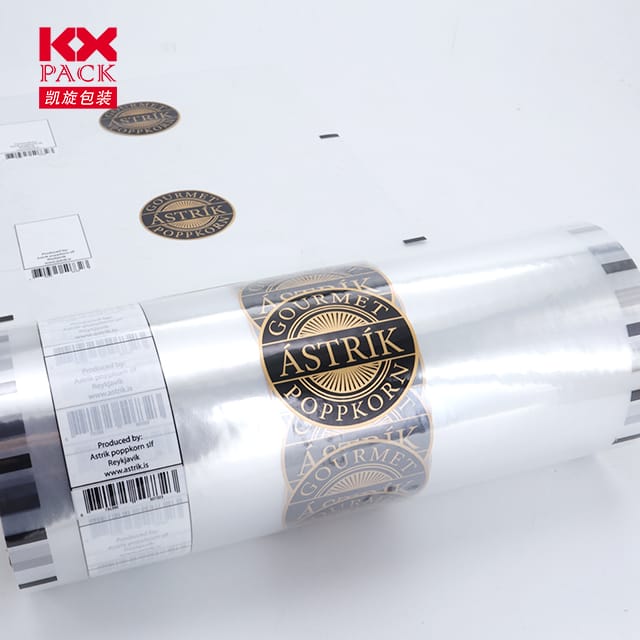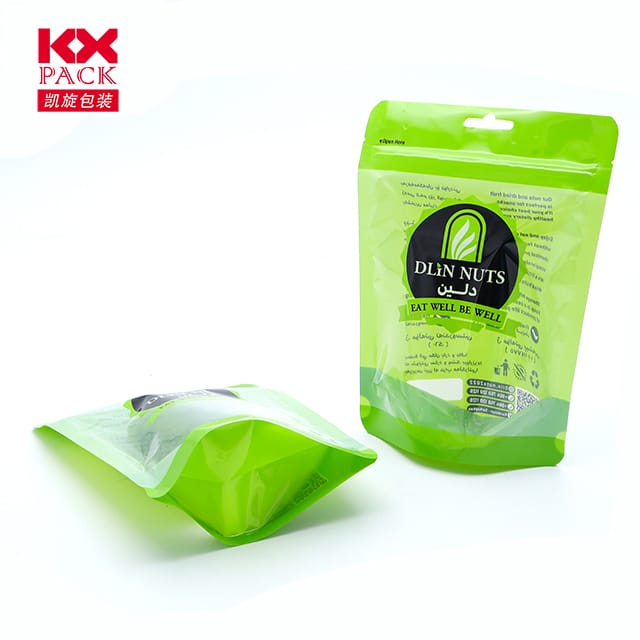Plastikinių pakuočių filmų vaidmuo ir naujovės šiuolaikinėje pramonėje (5)
Plastikinės pakuotės filmai
In today’s fast-paced consumer world, plastic packaging films are ubiquitous yet often overlooked. Nuo šviežių produktų apsaugos iki elektronikos išsaugojimo, Šie ploni, Lanksčios medžiagos vaidina svarbų vaidmenį saugant produktus, pratęsdamas galiojimo laiką, ir atliekų mažinimas. Tačiau, Kaip aplinkosaugos rūpesčiai yra kaltinami, Pramonė vystosi, kad subalansuotų funkcionalumą su tvarumu. Let’s explore the science, paraiškos, and future of plastic packaging films.
What Are Plastic Packaging Films?
Plastic packaging films are lightweight, versatile materials made from polymers such as polyethylene (PE), polipropileno (PP), polyvinyl chloride (PVC), or polyester (PET). They can be transparent or opaque, single-layered or multi-layered, and engineered with additives for specific properties like UV resistance, drėgmės barjerai, or anti-static coatings.
Key characteristics include:
- Flexibility: Adapts to irregular shapes (Pvz., wrapping fresh meat or confectionery).
- Barjero savybės: Prevents oxygen, vandens garai, or odors from compromising products.
- Ekonomiškumas: Cheaper to produce and transport than rigid packaging.
- Galimybė spausdinti: Supports branding with high-quality graphics.
Common Applications Across Industries
- Maistas & Gėrimas
- Fresh produce: Stretch films maintain freshness by reducing air exposure.
- Užkandžiai: Laminated films with aluminum layers block light and oxygen to prevent rancidity.
- Ready-to-eat meals: High-barrier films protect against contamination and extend shelf life.
- Farmacijos produktai
- Pūslės pakuotės: Thermoformed films ensure tamper-evidence and precise dosage control.
- Medical devices: Sterile packaging films meet stringent hygiene standards.
- Vartojimo prekės
- Elektronika: Anti-static films shield delicate components from electrostatic discharge.
- Kosmetika: Multi-layered films combine moisture resistance with luxurious aesthetics.
- Pramoninis
- Pallet wrapping: Stretch films secure goods during transit, reducing damage risks.
- Statyba: Protective films shield surfaces like glass or metal from scratches.
Environmental Challenges and Solutions
While plastic films offer undeniable benefits, their single-use nature has raised alarms about pollution and landfill waste. The industry is responding with innovative solutions:
- Biodegradable and Compostable Films
- Made from plant-based polymers (Pvz., Polilakto rūgštis, or PLA), these films break down naturally under specific conditions.
- Pavyzdys: PLA films used for fresh salads decompose in industrial composting facilities.
- Recycled Content Films
- Post-consumer recycled (PGR) materials reduce reliance on virgin plastics.
- Challenges include maintaining performance while incorporating recycled resins.
- Pažangios perdirbimo technologijos
- Chemical recycling breaks down plastics into their original monomers for reuse, enabling infinite recycling loops.
- Companies like Eastman and BASF are investing heavily in this space.
- Plonesnis, Lighter Films
- Down-gauging reduces material use without sacrificing strength.
- Pavyzdys: High-performance polyethylene films that are 50% thinner yet stronger than traditional options.
The Future of Plastic Packaging Films
As regulations tighten (Pvz., ES vienkartinių plastikų direktyva), the industry is pivoting towardžiedinės ekonomikos modeliai. Key trends include:
- Išmanieji filmai: Embedded sensors monitor food freshness or product integrity in real time.
- Valgomieji filmai: Made from natural ingredients like starch or proteins, these films eliminate waste entirely.
- Reusable Systems: Brands like Loop are trialing durable, refillable containers lined with recyclable films.
Consumer Tips: Making Sustainable Choices
- Look for certifications: Opt for films labeled “compostable” (Pvz., OK Compost HOME) or “recyclable” (check local facilities).
- Reduce waste: Reuse packaging for storage or crafts before recycling.
- Support brands: Choose companies committed to sustainable packaging innovations.
Išvada: Striking a Balance
Plastic packaging films are indispensable in modern supply chains, but their environmental impact demands urgent action. By embracing biodegradable materials, recycling innovations, and smarter designs, the industry can protect both products and the planet.
What’s your take on plastic packaging films? Share your thoughts or questions in the comments below—let’s drive the conversation toward a greener future! 🌍📦
Raktažodžiai: plastic packaging films, tvari pakuotė, biodegradable films, perdirbtas turinys, maisto pakavimo, industrial films.

